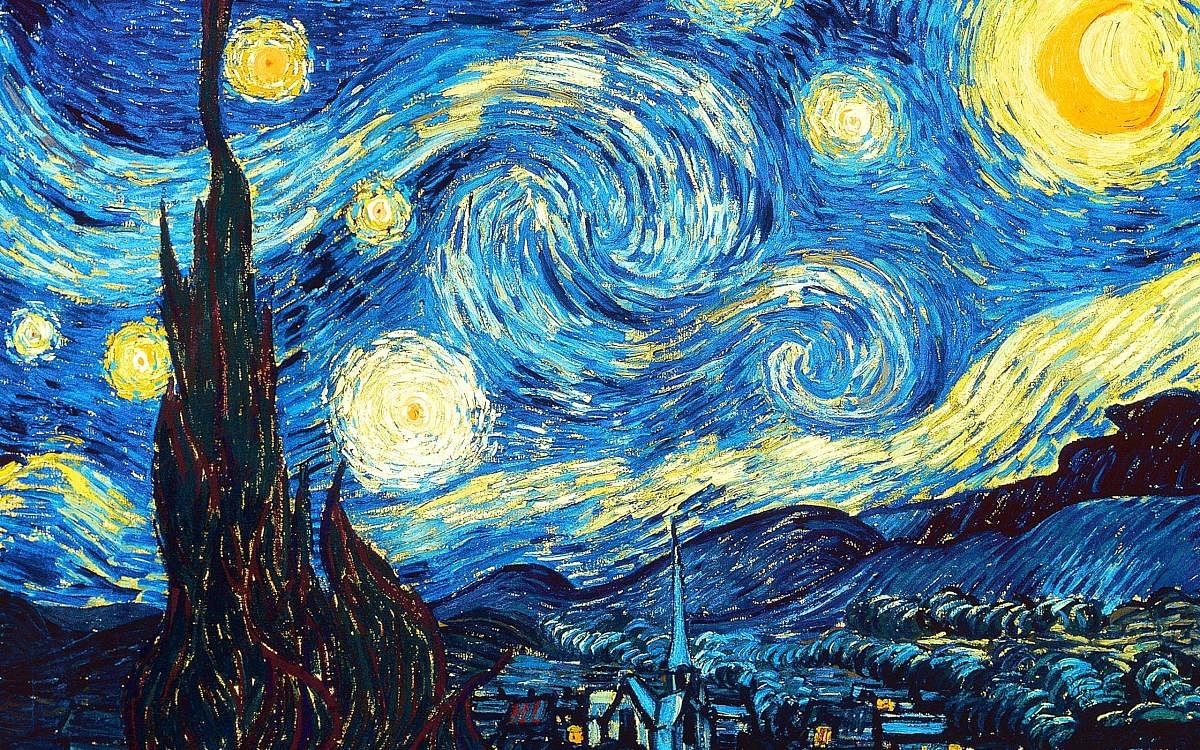
Reproductions of famous paintings are a common sight on the internet and there is a huge market for them. However, it is one thing to copy paintings of old masters and another to sell them. Historically, artists have attempted to copy famous artworks in order to learn basic techniques and perfect their skills through practice.
The process helps develop a sense of colour, depth, perspective, tonal values, composition and medium, and builds confidence in attempting original work. The closer the resemblance to the original artwork, the better the artist’s skill, which eventually helps him develop his own artistic language.
Reproductions of Raja Ravi Varma’s paintings and oleographs and SL Haldenkar’s ‘Glow of Hope’ are extremely popular and can be seen at every Chitra Santhe (as was the case at the recent event too) and elsewhere. Similarly, copies of Western art, especially from the Renaissance period are also much sought after.
Yet, this entire area involving reproductions and commercials can get complicated. There are several artists who get comfortable with replicating and continue to make copies and sell the works. The demand and supply cycle can be hard to break. Problems arise when copies are marked with the original artist’s signature and there is an attempt to mislead regarding their authenticity.
Therefore, while it is not illegal to copy another painting for your learning experience, copying the original artist’s signature to make it appear original is definitely outside the law.
It is important to understand the legal implications involved in selling reproductions, which in turn involves copyright infringement. Requisite legal permissions from the original copyright owner are necessary before selling reproductions of artworks.
In addition, there are several points to consider in terms of what constitutes fair use, whether it is fine to copy only a section of the original work and sell it or include it in your own artwork, and if all works of a deceased artist that are in the public domain can be copied. Even if the artist has been dead for over 70 years, the copyrights over the artworks may rest with their estate, trust or foundation.
From a buyer’s perspective, reproductions are an affordable alternative to wall art. Priced much lower than original art, reproductions, which can also be digital copies printed on canvas, are an affordable and feasible way to own a coveted work of art. Such reproductions, which are usually mass-produced, tend to follow legal guidelines, in order to pursue this commercial activity.
The author is a Bengaluru-based art consultant, curator and writer. She blogs at Art Scene India and can be reached on artsceneinfo@gmail.com
Dab Hand is your fortnightly art world low-down.